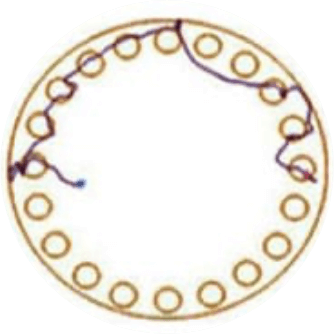 Normal Brain
Normal Brain
 HIE
HIE
 HIE + Hypothermia
HIE + Hypothermia
 HIE + RLS-0071
HIE + RLS-0071
 Hypoxia +
Hypoxia +  Hypoxia +
Hypoxia +  Hypoxia +
Hypoxia + Our Goals:
ReAlta is currently enrolling the STAR Phase 2 trial for RLS-0071 (pegtarazimod) in newborns with HIE in neonatal intensive care units across the U.S. More information about the STAR trial is available on clinicaltrials.gov (NCT05778188) https://clinicaltrials.gov/study/NCT05778188
ReAlta Has Strong Support From Key HIE Patient Advocacy Groups
ReAlta has partnered with Hope for HIE, a leading organization providing resources for awareness, education, advocacy, and support surrounding neonatal and pediatric HIE. Serving a worldwide community, the organization provides a comprehensive support network for families, collaborates with research and medical professionals, and leads advocacy initiatives to reduce incidence and increase quality of life for those affected by HIE. Hope for HIE is a 501(c)3 non-profit. For more information, please visit www.hopeforhie.org.
Hypoxic-ischemic encephalopathy (HIE) is a type of newborn brain damage caused by oxygen deprivation and limited blood flow.
Learn MoreAcute Exacerbations of COPD (AE COPD) affect individuals suffering from COPD, leading to worsening lung function and hospitalization. This inflammatory disease is primarily driven by neutrophils recruited into the lungs.
Learn MoreGraft-versus-Host Disease (GvHD) is a common disease following bone marrow transplantation where the transplanted white blood cells begin to attack the host body including skin, liver and intestines.
Learn MorePlatelet Refractoriness is common in cancer patients who receive frequent platelet transfusions and increases the risk of life-threatening hemorrhage.
Learn More